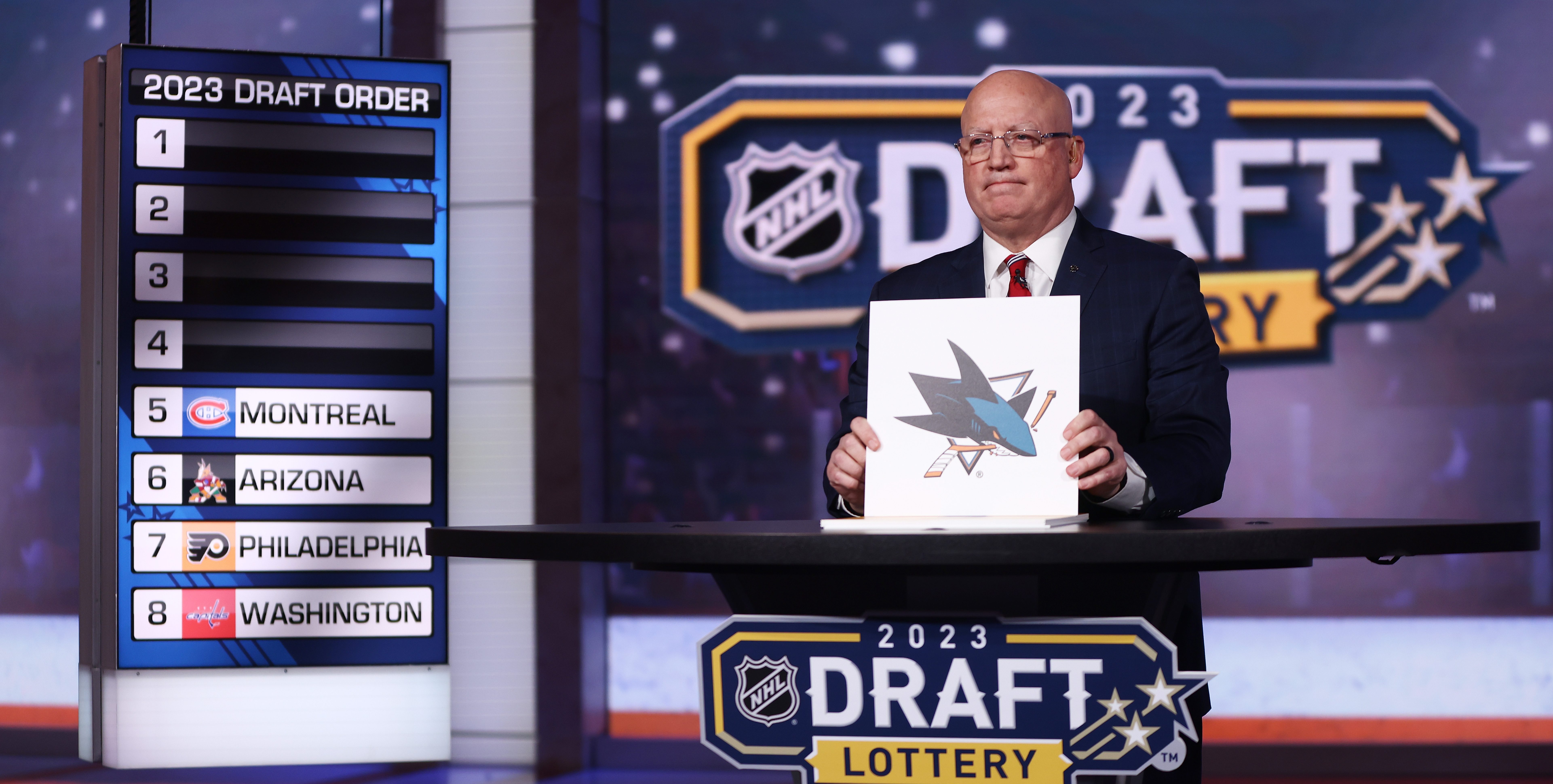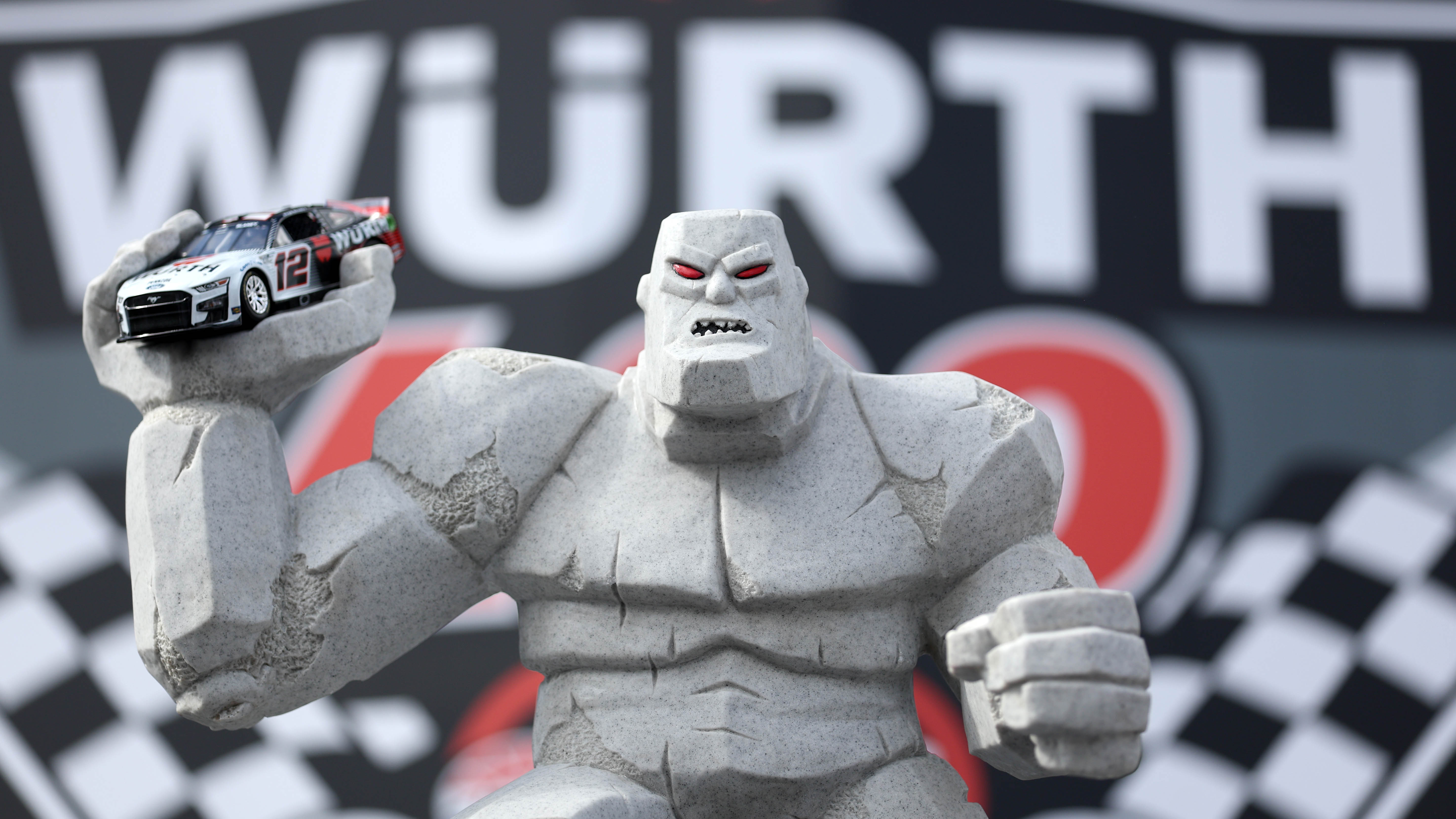
FanHouse is counting down the 10 best, 10 worst, and 10 weirdest moments in Big Ten football history.
ABOVE: Spartan Stadium in East Lansing hosted the 1966 Game of the Century.
Any game which matches the #1-ranked team against the #2-ranked team will almost inevitably be called a 'Game of the Century.' It seems like there's a GotC every three to five years or so. But the 1966 game between Notre Dame and Michigan State was among the very few that actually managed to live up to their billing, and it's a sign of this game's signficance that it's still controversial forty-two years later.
This was a #1 v. #2 game, but it was not so clear which team was #1 and which was #2. The Spartans and the Irish were both ranked #1 in one poll and #2 in the other. Coach Duffy Daugherty's Spartans were the defending national champions. Neither team had lost. To to it all off, it was the last game of the season for the Spartans, and they knew it. Big Ten rules of the time prevented any team from playing in back-to-back Rose Bowls, and from playing in any bowl other than The Grandaddy of Them All. Notre Dame had one game left against Southern Cal, but that would be it for them as well. The Irish didn't accept any bowl bids until 1969.
So, with the two teams so evenly matched, something had to give. Right?
That depends on who you ask. I'll spare you the suspense; the game ended in a 10-10 tie. Some say the teams were so evenly matched that a tie was the only appropriate outcome. Others say Notre Dame coach Ara Parseghian could've won the game but lost his nerve.
Here's what we can be certain of. After trailing 10-7 at the half, the Irish managed to tie the game early in the fourth quarter. The Irish defense did its job, keeping MSU from scoring. Notre Dame had a chance to take the lead but missed a field goal. Eventually, the Irish got the ball on their own 30 with 1:10 left.
Anybody who's watched enough football knows what a team should do in these circumstances. The "get us in field goal range" protocol calls for quick slants and outs to pick up as much yardage as possible without letting more than a few seconds run off per play. The Irish needed about 40 yards, they had a good quarterback (Terry Hanratty), and most importantly, they had more than enough time.
Parseghian chose to run out the clock instead, not even trying to get into field goal range. There was no overtime in those days, of course, so the game ended without the Irish trying to win it outright.
Sports
These days we call it "playing not to lose." It gets under our skin when we see our team doing it, but we understand what motivates it. Back in 1966, many called it cowardly and poor sportsmanship instead. Parseghian was savaged in the press, but defended himself by saying that he feared a turnover would hand Sparty the game. He knew there was little shame in tying the Spartans, and a good showing against USC the next week would ensure the Irish would win their first national title since 1953. ('Good showing' indeed. The Irish won 51-0.)
Parseghian was no dummy. A 40-yard field is not a 'gimme,' and if his nightmare scenario had come true the criticism he would have endured for handing MSU a victory would have been far worse than the grief he got for not trying to win. It probably took Irish fans all of about a week to forgive him. National titles cover a multitude of sins, after all.
As far as Games of the Century go, this one doesn't quite pass muster, and not just because of Parseghian's decision. The 1971 Nebraska-Oklahoma game was far better. But was this the greatest game in which a Big Ten team was involved? I think it was.



